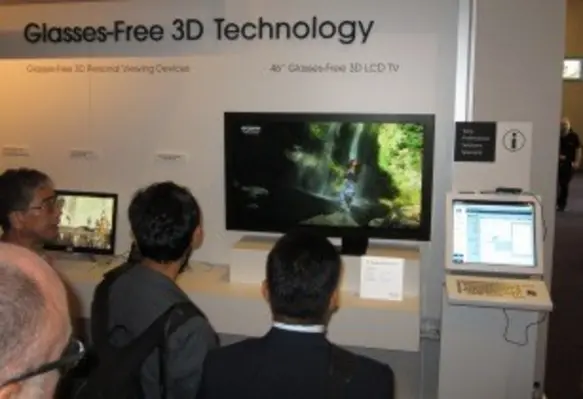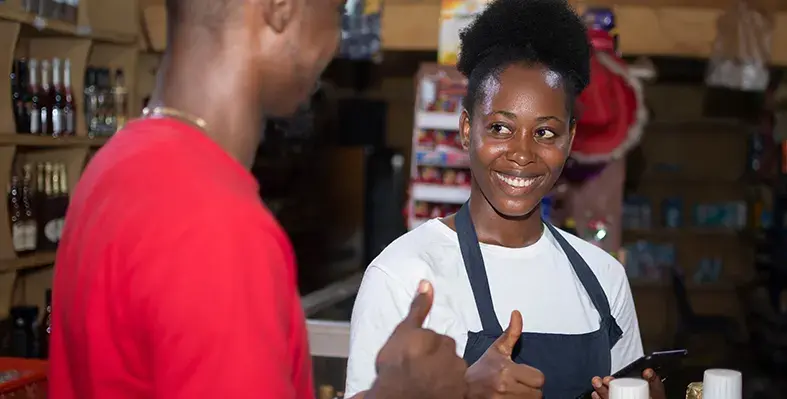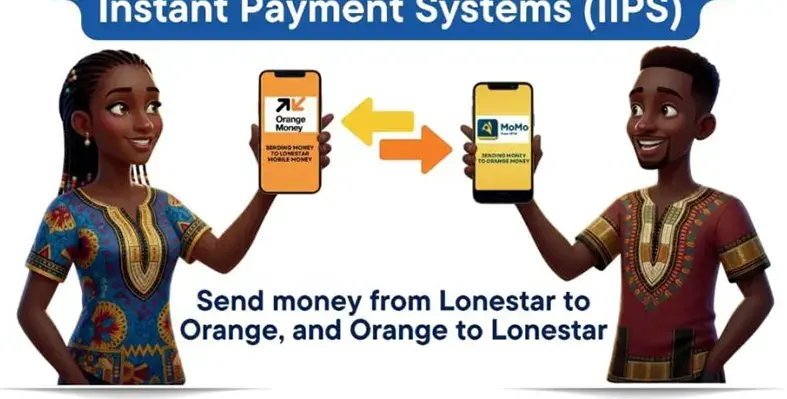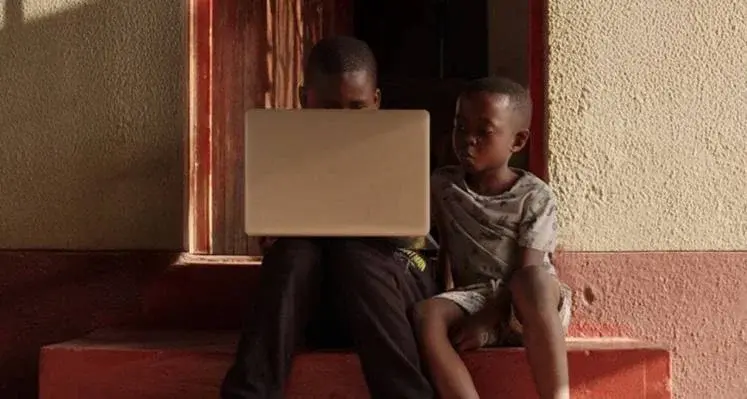Page 1 of 3A lot can change in the broadcast business during the five months between the National Association of Broadcasters’ Spring Convention and the Amsterdam International Broadcasting Convention – some of the concept models showcased in April are actually working by September and some of the prototypes have become deliverable. David Kirk reports from IBC2012
IBC2012 was held at its usual RAI Centre location on Amsterdam’s south rim in September. Let us overview the key themes at IBC2012 before cherry-picking from the avalanche of new and upgraded kit.
Prosumer products: more of these than ever and with specifications that are causing manufacturers of traditional broadcast equipment serious concern.
Hence the promotion of 3D and increasingly high resolution. Some of the cheaper products have limitations that do not appear in the promotional PDFs, such as a tendency to overheat when used for long durations, proving that even today you get what you pay for.
Channel-in-a box systems: this is an expanding segment of the market with obvious attractions both for first-time small-scale broadcasters and as a highly economical way of expanding an existing operation.
Second-screen over-the-top stuff: Fine for any television viewer who likes fiddling about with a smartphone or iPad while watching a less than entirely absorbing programme.
4,000-pixel-width resolution (4K): Considerable progress here, encapsulated in Sony's promotional buzz-phrase 'Believe beyond HD'. 4K resolution image capture and storage are being positioned as tools for use in 1920 x 1080 high-definition production and post until such time as 4K television displays become affordable enough for the consumer market.
That does not necessarily two-metre-high domestic viewing screens given the growing interest in very high resolution mobile-phone, tablet and desktop computer monitor screens. SES demonstrated the transmission of live 4K content via satellite from its playout facility in Luxembourg, displayed on Sony’s 84 inch 4K television display.
8K: A case was argued by one conference speaker that there was little point in gearing to produce and deliver 4K given the case already being made for adopting 8,000 pixel width Ultra-High-Definition resolution. To paraphrase this, 4K could go down in history as a short-lived transitional format like 720p.
The downside of 4K and 8K is that both will prolong the need for data compression if the pictures created in such high detail are actually to be delivered. That said, data compression artefacts often add to the entertainment value of otherwise dull television programmes.
3D: This was definitely on the back burner at IBC, as at NAB, with the gas turned down.
I heard a credible summary of the problems facing 3D from an exhibitor who was showing 3D as well as 2D kit: "20 per cent of viewers begin to feel nauseous if they watch stereoscopic film or television; 20 per cent can't see the depth effect at all, and 20 per cent are perfectly happy with 2D. That leaves 40 per cent of the market to fight for."
Quantel demonstrated an ingenious 3D post-production tool, SynthIA, which allows the interaxial distance between left and right camera positions to be adjusted during post-production, typically to correct the excessive depth which results from over-wide spacing.
SynthIA was developed by Burbank-based Stereo D LLC which specialises in 2D to 3D conversion. Sony and Dolby both demonstrated their no-glasses 3D prototypes; Holografika's demonstration in the future technology hall eclipsed both as changing your horizontal viewing angle revealed new detail just as in real life. Details can be seen at www.holografika.com, but the technology has yet to prove its practical value.
Sell-off of Harris Broadcast: Still in progress. Blackmagic has meanwhile ingested Cintel, perhaps anticipating a big market for low-cost telecines. That seems unlikely until one considers the amount of film held in library archives around the world.
Innovative sales techniques: Having attended every IBC since the second one (Grosvenor House Hotel, London, 1968), I have seen a lot of promotional gimmicks but none more ingenious than the virtual sales rep on the Allied Telesis stand. This was created by projecting a video image of a presenter's head and upper components onto the rear of a life-size semi-transparent plastic cut-out, supporting the company's claim that "All great things are simple".
It is only fair to add that Allied Telesis specialises in secure IP/Ethernet switching systems and was promoting its new SwitchBlade x8112 10 gigabits per second chassis.
Continues on Page 2...























